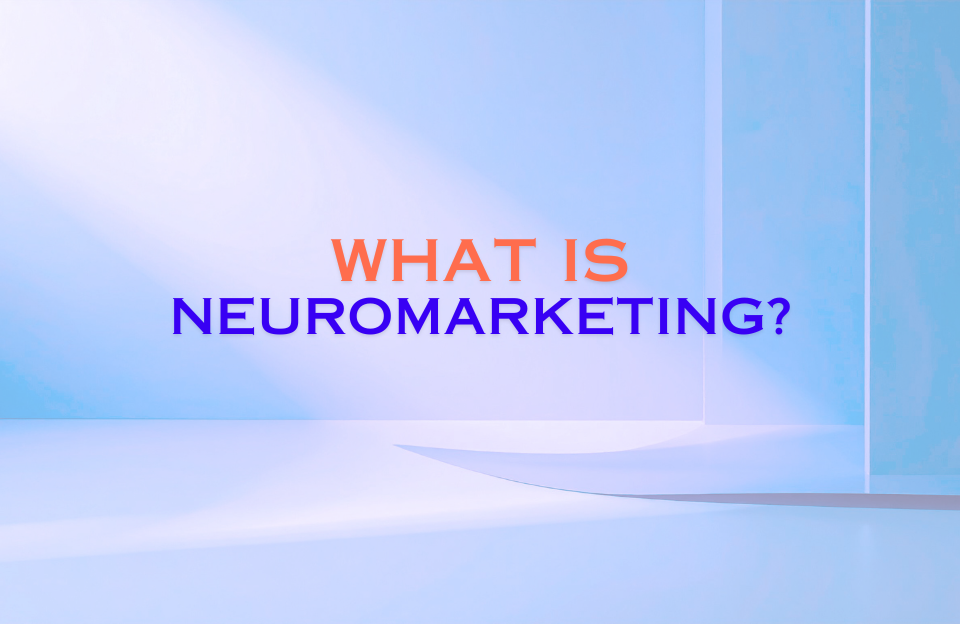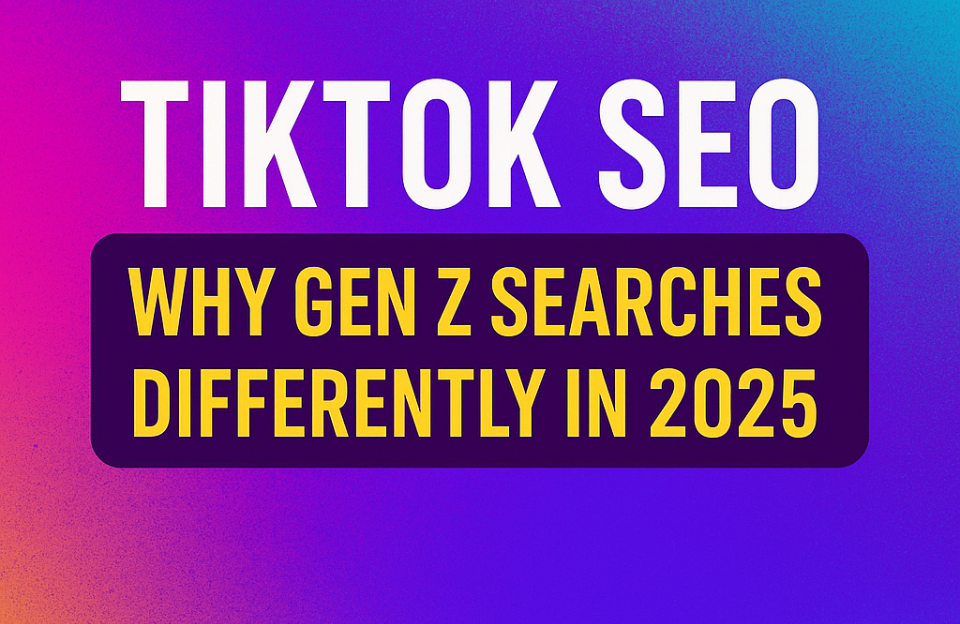In a digital age where consumers are overwhelmed with messages, brands must do more than just stand out—they must connect. That’s where neuromarketing comes in. Combining neuroscience with marketing, this discipline offers a new way of understanding what truly influences human behavior. But what is neuromarketing, really? Where did it come from? And how can it give your business a competitive edge?
What Is Neuromarketing?
Neuromarketing is the scientific study of how the brain responds to marketing stimuli. It integrates insights from neuroscience, psychology, and behavioral economics to better understand consumer behavior—not just what people say they think, but what their brain activity reveals about how they actually feel and decide.
The term was first introduced in 2002 by Dutch researcher Ale Smidts, a professor of marketing research at Erasmus University. However, its roots run deeper, drawing from decades of cognitive science and neuropsychology. Neuromarketing emerged as a response to a fundamental problem in traditional marketing: people don’t always tell the truth in surveys, not because they lie, but because they’re often unaware of their own motivations.
Instead of relying on focus groups and questionnaires, neuromarketing uses tools like:
- fMRI (functional Magnetic Resonance Imaging) to measure brain activity in response to stimuli.
- EEG (Electroencephalography) to detect brainwave patterns tied to attention, engagement, and emotions.
- Eye-tracking to see what catches people’s attention first (and what they ignore).
- Facial coding to analyze micro-expressions linked to emotional states.
Through these technologies, marketers can measure reactions that are non-conscious—influences we may not even be aware of but that heavily shape our preferences and decisions. Neuromarketing helps uncover how emotion, memory, attention, and trust play a role in the customer journey.
Why Use Neuromarketing?
Neuromarketing is not just a trend—it’s a strategic tool for marketers looking to reduce guesswork and connect more meaningfully with audiences. Its advantages include:
- Emotionally intelligent messaging: Craft content that taps into emotional drivers of decision-making.
- Optimized design: Improve UX/UI by learning how users visually and cognitively process information.
- Higher engagement and recall: Create memorable experiences by aligning with how the brain encodes memory.
- Increased trust: Use consistent sensory branding (color, sound, layout) to build subconscious familiarity and comfort.
- Data beyond surveys: Access biometric and neurological data that reflects actual user responses.
When Should You Use Neuromarketing?
While some neuromarketing techniques require lab settings, many principles can be applied without scientific equipment. Use neuromarketing when:
- You want to test emotional appeal of ads, slogans, or brand identities.
- You’re redesigning packaging, websites, or customer journeys.
- You need to reduce friction in user interfaces or checkouts.
- You want to maximize impact in a highly competitive market.
- You’re building a new brand and want it to feel “right” at first glance.
Core Neuromarketing Models
1. System 1 and System 2 Thinking (Daniel Kahneman)
System 1 is fast, emotional, and automatic. System 2 is slow, rational, and effortful. Most purchasing decisions happen in System 1. Great marketing speaks to the emotional brain before logic kicks in.
2. The Limbic Map (Hans-Georg Häusel)
This model divides consumer motivation into three emotional systems: Dominance (power), Stimulation (curiosity), and Balance (security). Aligning your brand emotionally with one of these systems enhances relevance and loyalty.
3. Fogg Behavior Model
Behavior = Motivation × Ability × Trigger. Neuromarketing helps you increase motivation (emotional appeal), reduce effort (UX design), and deliver the right trigger (CTA timing).
4. Somatic Marker Hypothesis (Antonio Damasio)
We attach bodily feelings (gut reactions) to past experiences. Neuromarketing seeks to create positive emotional “markers” around your brand to shape future choices.
5. The Pratfall Effect
People like competent brands more when they show vulnerability. Think blooper reels, behind-the-scenes videos, or customer stories that reveal imperfections.
Real-World Examples of Neuromarketing
- Hyundai: Used EEG to test dashboard designs, leading to intuitive, user-preferred layouts.
- PayPal: Shifted messaging from “secure” to “fast” after neuromarketing showed speed was a stronger motivator.
- Coca-Cola vs. Pepsi: fMRI scans showed people prefer the taste of Pepsi in blind tests—but branding makes the brain prefer Coke when labeled.
- Nescafé: Altered packaging texture to evoke a “warm” feeling and enhance subconscious comfort.
Short-Term Neuromarketing Wins
- Better ad performance: Emotionally charged ads increase attention and CTR.
- More effective CTAs: Placement, color, and wording of calls-to-action can improve conversion rates.
- Reduced bounce rates: Visual hierarchy and emotional triggers keep users engaged longer.
Long-Term Neuromarketing Strategy
- Build emotional brand equity: Repeated positive experiences create subconscious brand loyalty.
- Neuro-optimized content calendars: Align content formats and topics with mental processing patterns.
- Sensory consistency: Use sound, color, and design language consistently to reinforce memory pathways.
Creative & Sensory Dimensions Often Overlooked
Sonic Branding
Sonic cues (e.g., Netflix’s “ta-dum” or McDonald’s jingle) trigger emotional recognition faster than visuals. Even app sounds can impact perceived quality.
Color Psychology 2.0
Beyond clichés like “red = urgency,” colors should be adapted to brand personality, cultural context, and emotion. Pastels may calm; neons may stimulate.
Mirror Neurons & Empathy
Showing smiling people using your product activates mirror neurons and increases trust, especially in video or testimonial content.
Touch & Haptic Design
Texture matters—even online. Subtle shadows, hover animations, or micro-interactions can replicate a “touch-like” feeling and improve UX trust.
Ethical Use of Neuromarketing
Neuromarketing should never be about manipulation. Ethical application means enhancing relevance and connection—not exploiting vulnerabilities. Respect privacy, use consent, and avoid psychological pressure tactics. Transparency builds long-term trust.
Conclusion: Neuromarketing as a Modern Marketing Superpower
Neuromarketing reveals what conventional analytics cannot: the emotional, intuitive, and irrational reasons why people act. By combining hard data with human insight, it allows you to create marketing that resonates deeper and performs better.
Whether you’re optimizing a landing page, shaping your brand’s identity, or crafting a ne




